Alaska Ura Futomaki is a type of sushi roll that typically contains a combination of ingredients commonly found in Alaska or associated with Alaskan cuisine. While specific ingredients may vary depending on the sushi chef or restaurant, here are some common components and potential benefits:
- Wild-caught salmon: Alaska is known for its abundant wild salmon, and this fish is often featured in Alaska Ura Futomaki. Salmon is an excellent source of protein, omega-3 fatty acids, and various vitamins and minerals, including vitamin D and selenium. Omega-3 fatty acids are beneficial for heart health, brain function, and reducing inflammation in the body.
- Crab meat: Alaskan king crab or snow crab may be used in Alaska Ura Futomaki. Crab meat is low in fat and calories but high in protein, making it a nutritious addition to the sushi roll. It also provides essential nutrients like vitamin B12, zinc, and copper.
- Avocado: Avocado is often included in sushi rolls for its creamy texture and healthy fats. It’s a rich source of monounsaturated fats, which can help improve heart health by lowering bad cholesterol levels. Avocado also provides fiber, vitamins E, K, and C, and potassium.
- Cucumber: Cucumber adds crunch and freshness to Alaska Ura Futomaki. It’s low in calories but high in water content, making it hydrating and refreshing. Cucumber also contains antioxidants like vitamin C and flavonoids, which may have anti-inflammatory properties.
- Nori seaweed: Nori is the dried seaweed used to wrap sushi rolls like Ura Futomaki. It’s a good source of iodine, which is essential for thyroid function, as well as vitamins and minerals like vitamin A, vitamin C, calcium, and iron.
Overall, Alaska Ura Futomaki can be a delicious and nutritious sushi option, providing a combination of protein, healthy fats, vitamins, minerals, and antioxidants. As with any sushi roll, moderation is key, especially if you’re watching your sodium intake due to the soy sauce typically served with sushi.

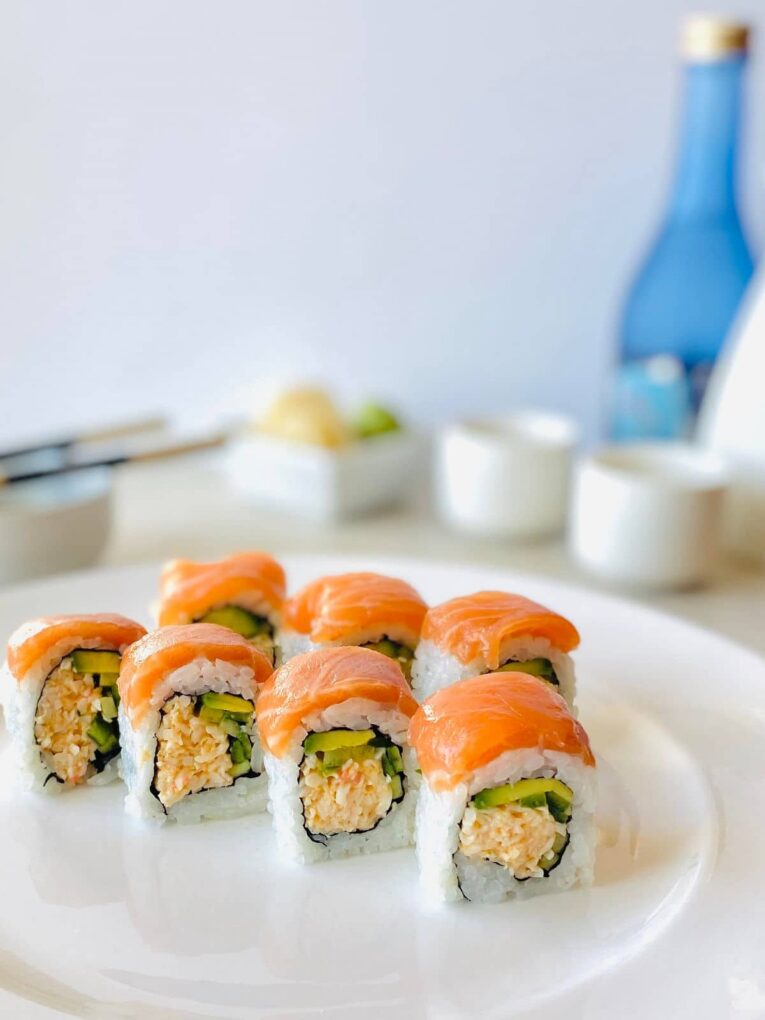
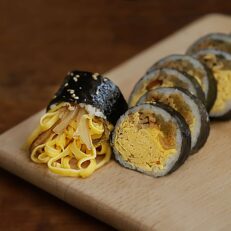





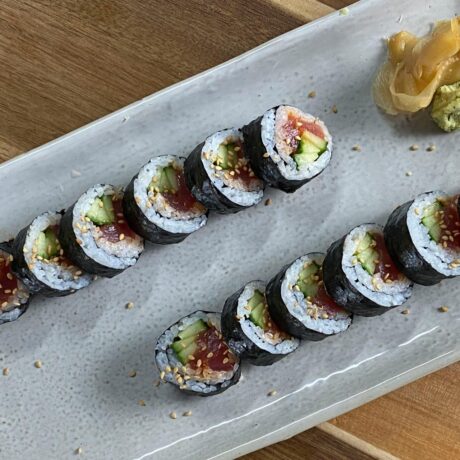
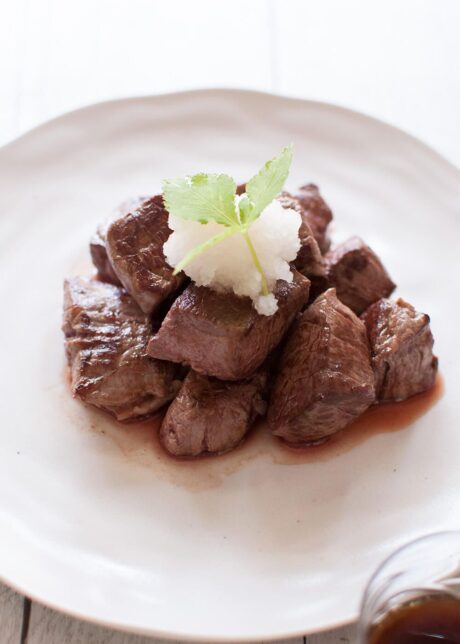
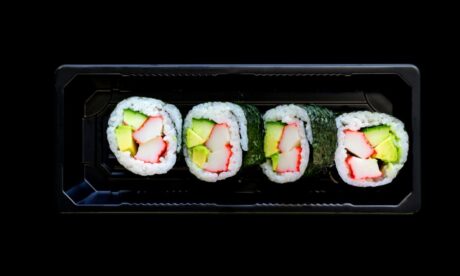
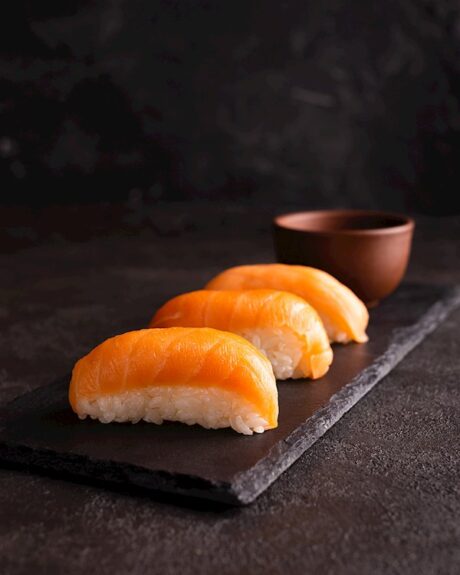
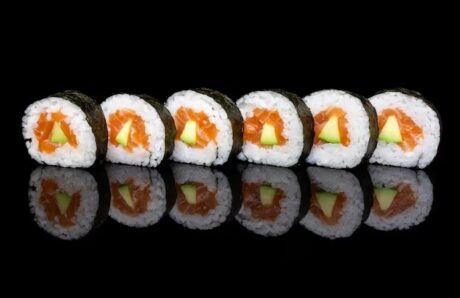
Reviews
There are no reviews yet.